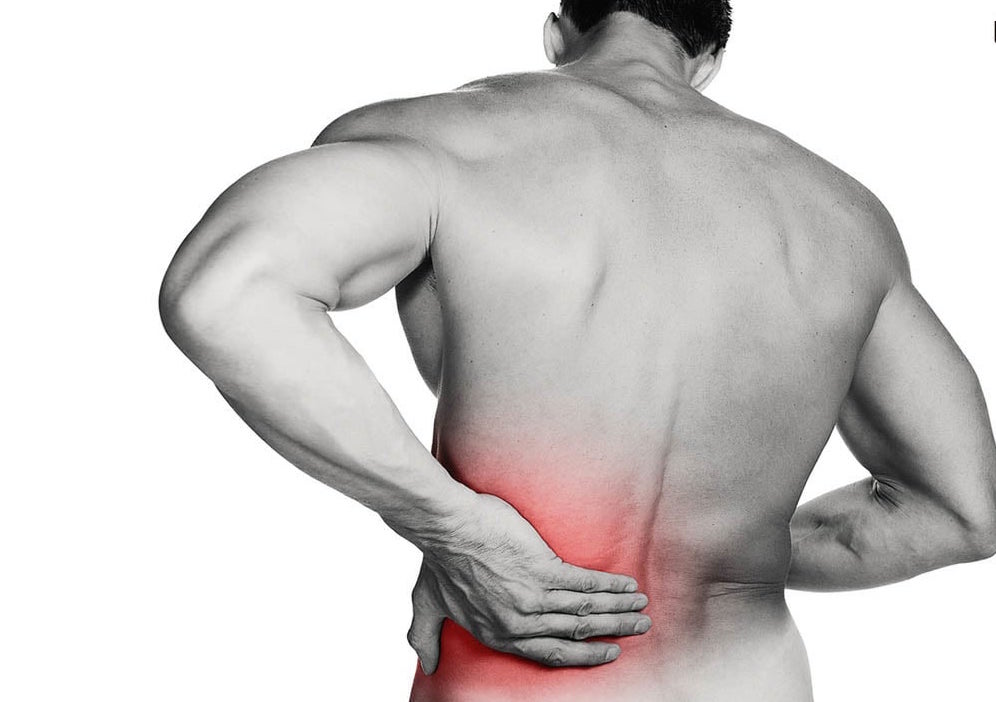Spinal manipulative therapy in patients with chronic low back pain
Posted on 27th January 2017 by Liam Sleigh

A critical appraisal: ‘Immediate effects of region-specific and non-region-specific spinal manipulative therapy in patients with chronic low back pain: a randomized controlled trial’
Background
Chronic back pain is a complex health condition, potentially caused by poor posture, trauma and systemic disease. Often, the causes cannot be identified and symptoms are present without any obvious cause.
Treatment usually involves physiotherapy coupled with pain medications, notably NSAIDs (Non-Steroidal Anti-Inflammatory Drugs) (NHS, 2016). One method used less often, however, is Spinal Manipulative Therapy (SMT). This controversial treatment involves manual pressure applied to the vertebrae to relieve a patient’s pain (National Institute of Health, 2016). Clinicians argue that not enough research has been produced to support the effectiveness of SMT. Furthermore, the research that has been carried out on SMT has been inconclusive.
In a 2013 study, Oliviera et al. investigated whether SMT was more effective if applied specifically or non-specifically to the back pain area. This is the article I will be critically appraising.
The Study
This study was conducted over a 5 month period and included two patient groups (74 in each group): those who would receive region-specific SMT and those who would receive non region-specific SMT. The study aimed to test which technique was superior at providing immediate pain relief to the patients’ chronic lower back pain (LBP). The population included chronic LBP patients, ranging from ages 18-80, from a Physiotherapy Department in a hospital in Brazil and from the surrounding community. Patients were deemed ineligible for the study if they presented with contra-indications for SMT (eg spinal fracture, pregnancy).
The primary outcome measure was the numeric pain rating scale, a linear scale ranging from 0-10. Participants completed this before and after the trial. Participants also completed the Roland-Morris disability questionnaire before the study. This questionnaire includes 24 questions relating to a participants disability level stemming from chronic LBP (Postal et al, 2016).
Results
After the therapy, both groups reported a significant decrease in their reported pain levels when compared to before they received the therapy. However, there was no statistically significant difference between the effectiveness of region-specific SMT or non region-specific SMT.
Strengths and weaknesses
- The patients were randomly assigned a type of SMT and were blinded as to which they would receive. The therapist was also blinded as to which kind of SMT each patient would receive.
- The blinding of the therapist and the patients was tested by an assessor who wrote on each patient’s chart after their treatment which type of SMT he thought they had received. The assessor’s results were later compared to the therapist’s instructions. This method helps to verify the effectiveness of the blinding, strengthening the reliability of the results.
- The therapist was experienced in manual therapy, therefore improving intra-rater reliability of the treatment.
- The outcome measures used in this trial had good overall validity.
- The SMT reliability was tested prior to treatment by utilizing a pressure algometer on each patient’s leg. This helps to ensure that the manual pressure being applied during the therapy was consistent.
- The numeric pain scale was used pre- and post-treatment. Conversely, the Roland-Morris Questionnaire was only carried out prior to treatment. This means that assessors did not have a comparison for when the participants had received their treatment (i.e. they cannot say whether or not the therapy led to an improvement in disability scores).
- The study only looked at the immediate effects of the therapies on reported pain levels; so it’s unclear whether the reported benefits would last.
- Lastly, all 148 participants came from the Physiotherapy Department of the hospital in which the trial took place or from the local community and the majority of the participants were middle-aged females. This suggests that, in future, a larger sample size and the use of block randomization may be required to improve the trial design and generalizability.
Conclusion
Although there was no statistically significant difference between the two types of SMT, the results suggest that SMT may still be of use in clinical practice. It can provide effective pain relief to chronic lower back pain and, in my opinion, may be a possible alternative to long-term medication. Future research should focus on exploring whether the reported benefits of SMT last over time.
References
Critical appraisal skills Programme archives (2017) Available at: https://s4be.cochrane.org/category/appraising-research/critical-appraisal-skills-programme/ (Viewed 8 January 2017).
Efird, J. (2010) ‘Blocked randomization with randomly selected block sizes’, International Journal of Environmental Research and Public Health, 8(1). (Viewed 9 January 2017).
National Institute of Health (2016) Spinal manipulation for low-back pain. Available at: https://nccih.nih.gov/health/pain/spinemanipulation.htm (Viewed 8 January 2017).
NHS, (2016) Back pain – treatment. Available at: http://www.nhs.uk/Conditions/Back-pain/Pages/Treatment.aspx (Viewed 8 January 2017).
Oliveira, de, Liebano, R., Lda, C., Rissato, L. and Costa, L. (2013) ‘Immediate effects of region-specific and non-region-specific spinal manipulative therapy in patients with chronic low back pain: A randomized controlled trial’, Physical therapy., 93(6), pp. 748–56. (Viewed 9 January 2017).
Postal, N., Lowe, R. and Lonnemann, E. (no date) Roland‐Morris disability questionnaire – Physiopedia, universal access to physiotherapy knowledge. Available at: http://www.physio-pedia.com/Roland%E2%80%90Morris_Disability_Questionnaire (Viewed 9 January 2017).
Tuchin, P.J. (1998) ‘THE EFFECT OF CHIROPRACTIC SPINAL MANIPULATIVE THERAPY ON SALIVARY CORTISOL LEVELS’, Australasian Chiropractic and Osteopathy, 7(2). (Viewed 9 January 2017).



